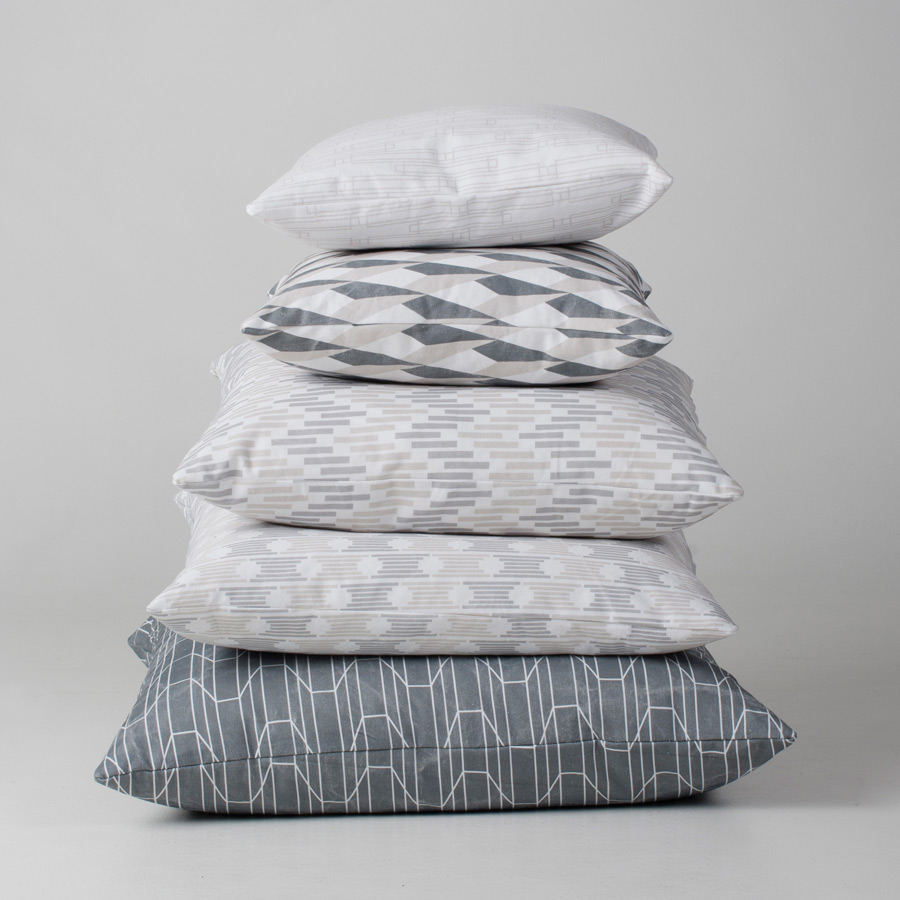Ca La Maria Hotel and Gallery
Rest on the edge of Barcelona’s leading contemporary art scene
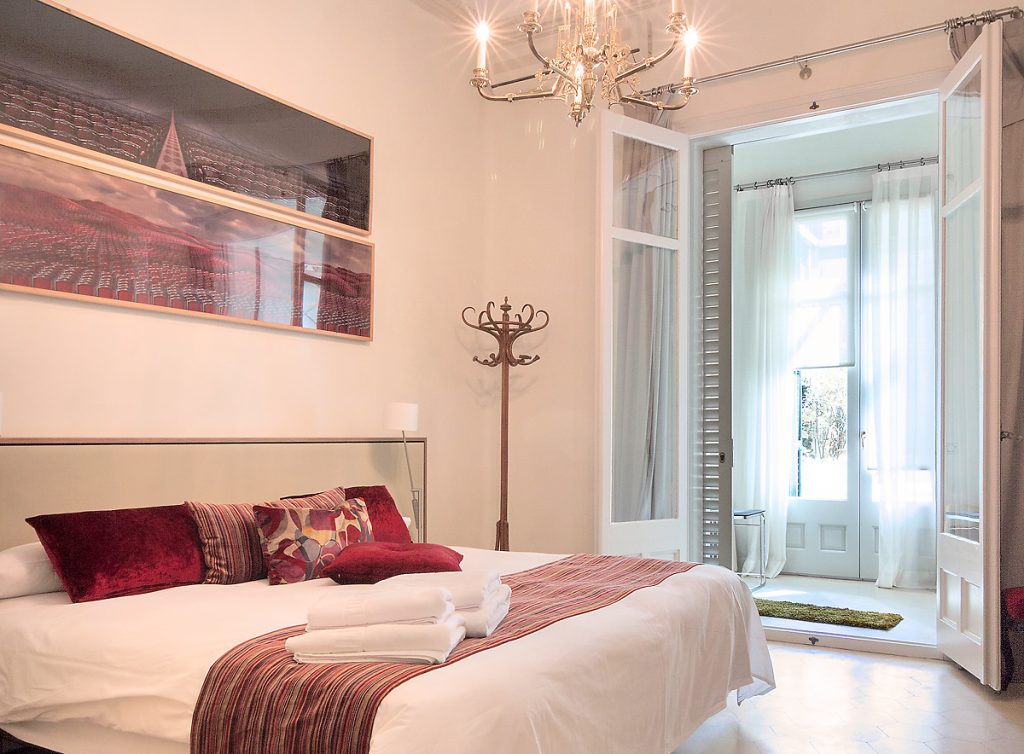
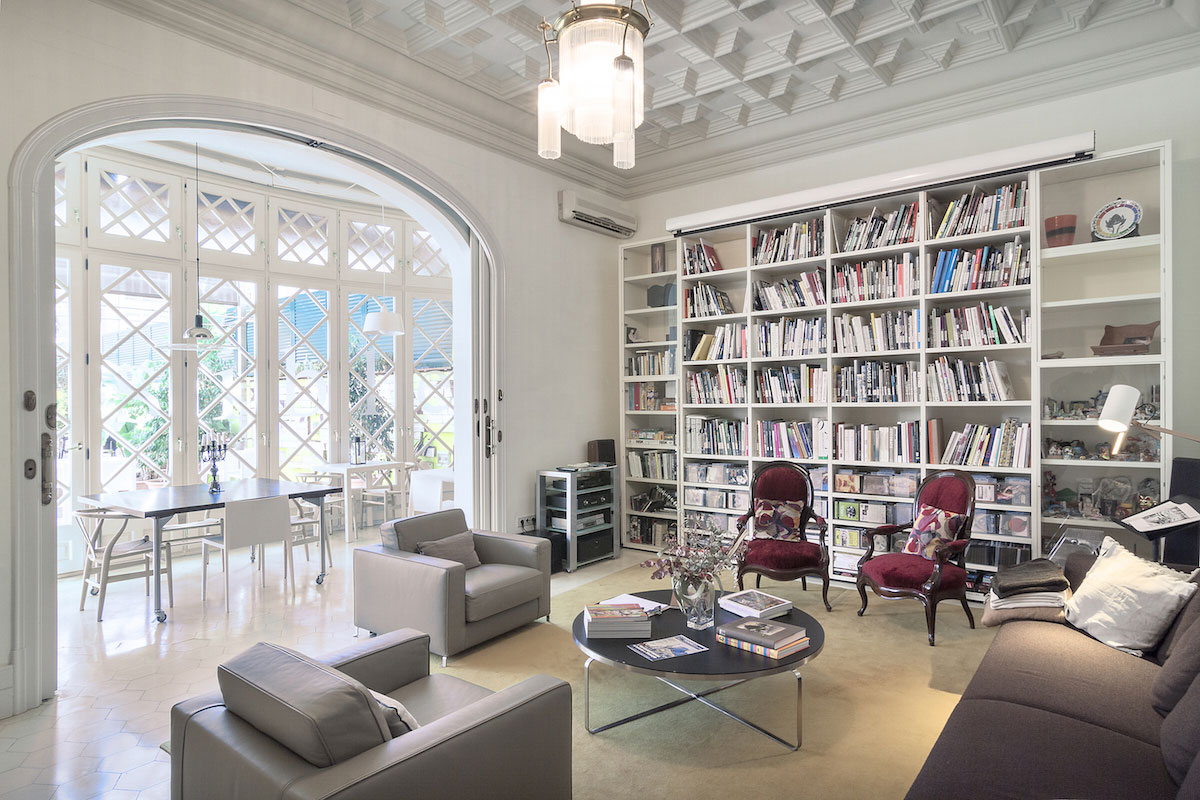
At Barcelona’s Ca La Maria bed and breakfast, architect Maria Inglada has repurposed her parents’ 1920s-era flat into lodging that serves as a revolving exhibition space for her family’s noted collection of contemporary art. Located in the fashionable Eixample district, the inn’s five bedrooms features a work of art unique to the region of Barcelona after which the room is named; Thomas Ruff’s wall-sized photo of the Mies van der Rohe pavilion designed for the 1929 World’s Fair is mounted in the Expo 1929 room, and the stained glass doorway to the Monjuïc Suite opens to photographs captured in the district’s cultural institutions, including Spencer Tunick’s “Barcelona” in which bodies carpet the esplanade leading to the Institut de Cultura. Other works are more conceptual; in a ribbon of text above the bed in the Canaletas room, artist Jonathan Monk invites guests to dream of meeting him on a specified day in 2022, at a fountain of the same name on Las Ramblas.
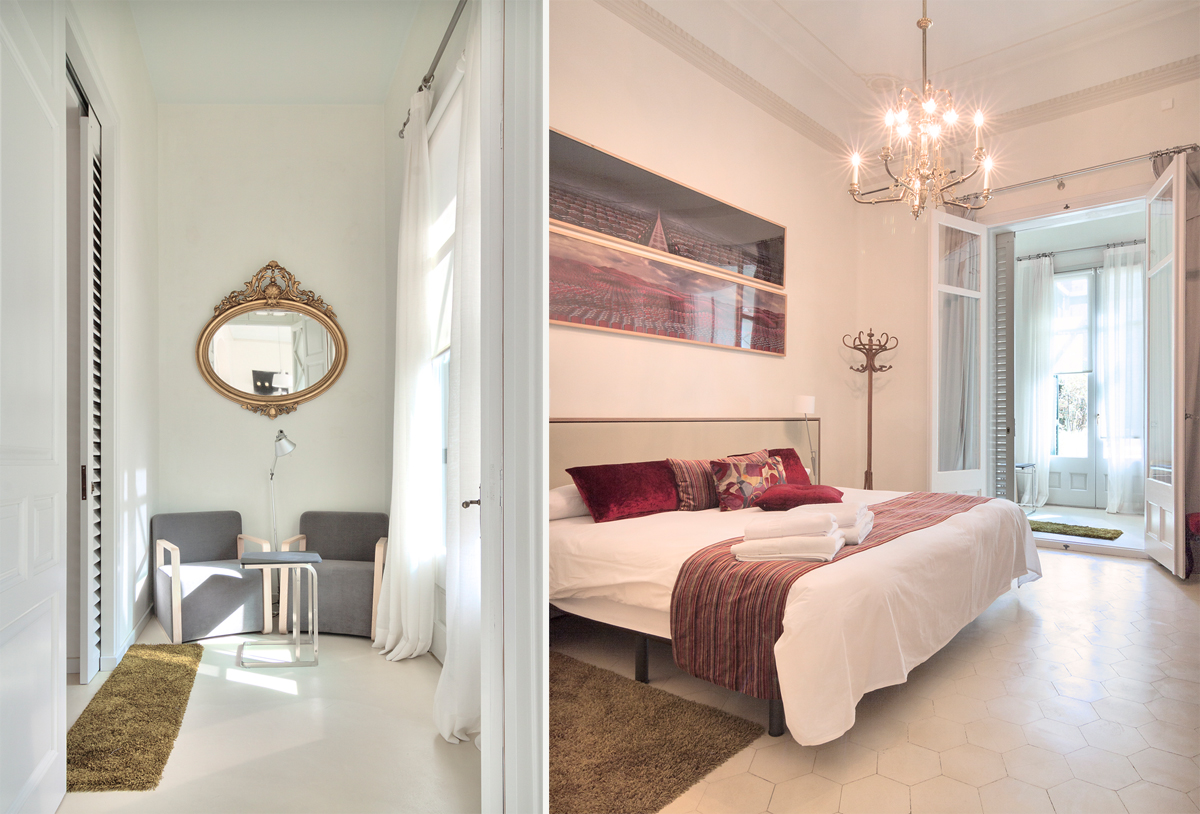
In many ways Ca La Maria is simply a well-appointed home. Inglada is a trained chef who is thrilled to prepare sangria jam, homemade yogurt and traditional pastries. There is a bar stocked with edibles, soda and beer, with pay-what-you-will donations sent to a local food bank. Modern baths with organic toiletries contrast with original moldings on 14-foot ceilings and the classic cage elevator leading guests to the inn’s front door. The parlor has an extensive library alphabetized by artist, and a projector and screen with a collection of over 1,000 films organized by director.
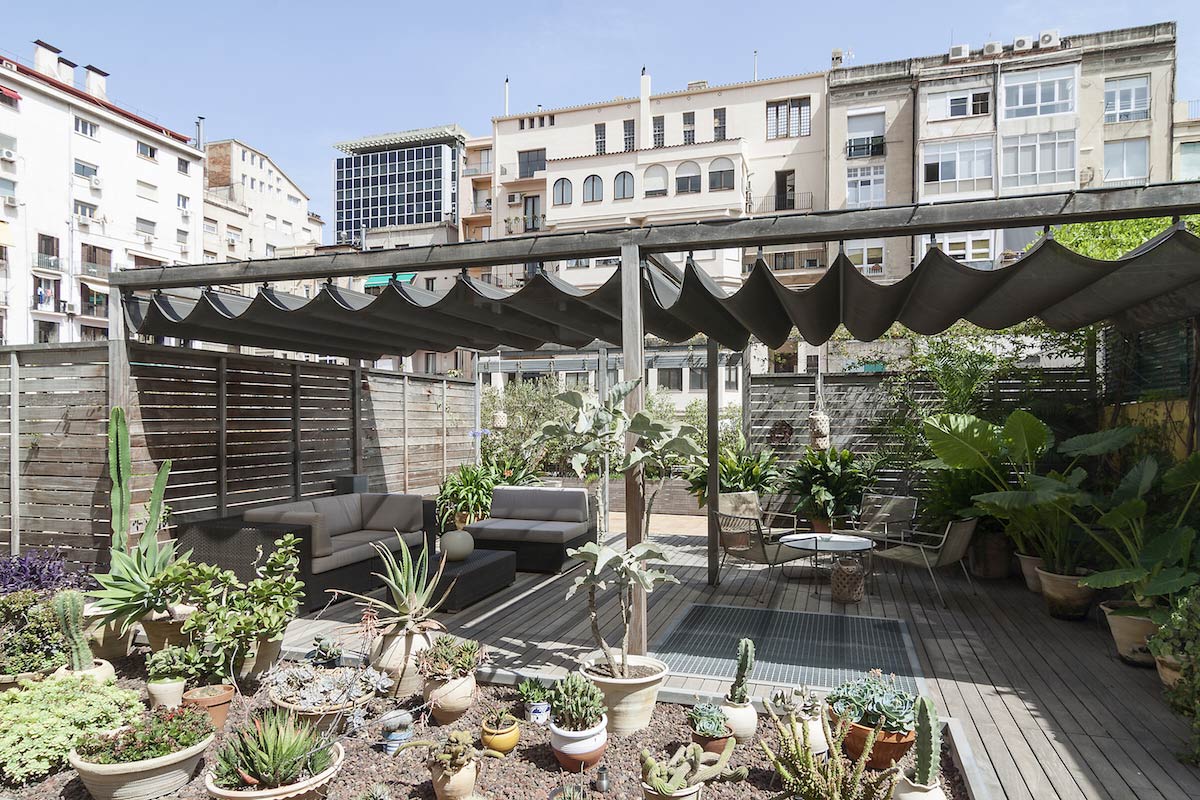
A terrace planted with cacti and succulents spans several adjacent rooftops, and potted fruit and olive trees reference the Inglada family groves in Calafell, which produce the inn’s signature olive oil. Each November, the terrace and adjacent winter garden play host to a dinner celebrating the first press, for which an artwork on the theme of olive oil is commissioned. This past year’s celebration featured Joan Morey, who conducted a collaborative performance piece called “Non Serviam,” or “I Will Not Serve.”
Iganci Aballi, a fellow guest and winner of the 2014 Joan Miró Prize, framed the dining area with his site-specific installation of an etched treatise culled from Paul Scheerbart’s celebrated text, “Glasarchitektur.” Embedded on the pocket doors separating the parlor from the dining room, the effect of the words on glass mimics the conditions under which Scheerbart’s imaginative theories regarding the use of glass in architecture were realized. In the second part of the installation, each of the nine glass doors bowing out to the terrace bore a letter, forming a word with the same definition in English, French, Spanish and Catalan: “INVISIBLE.” Aballi is notably an artist who seeks to disappear from his work.
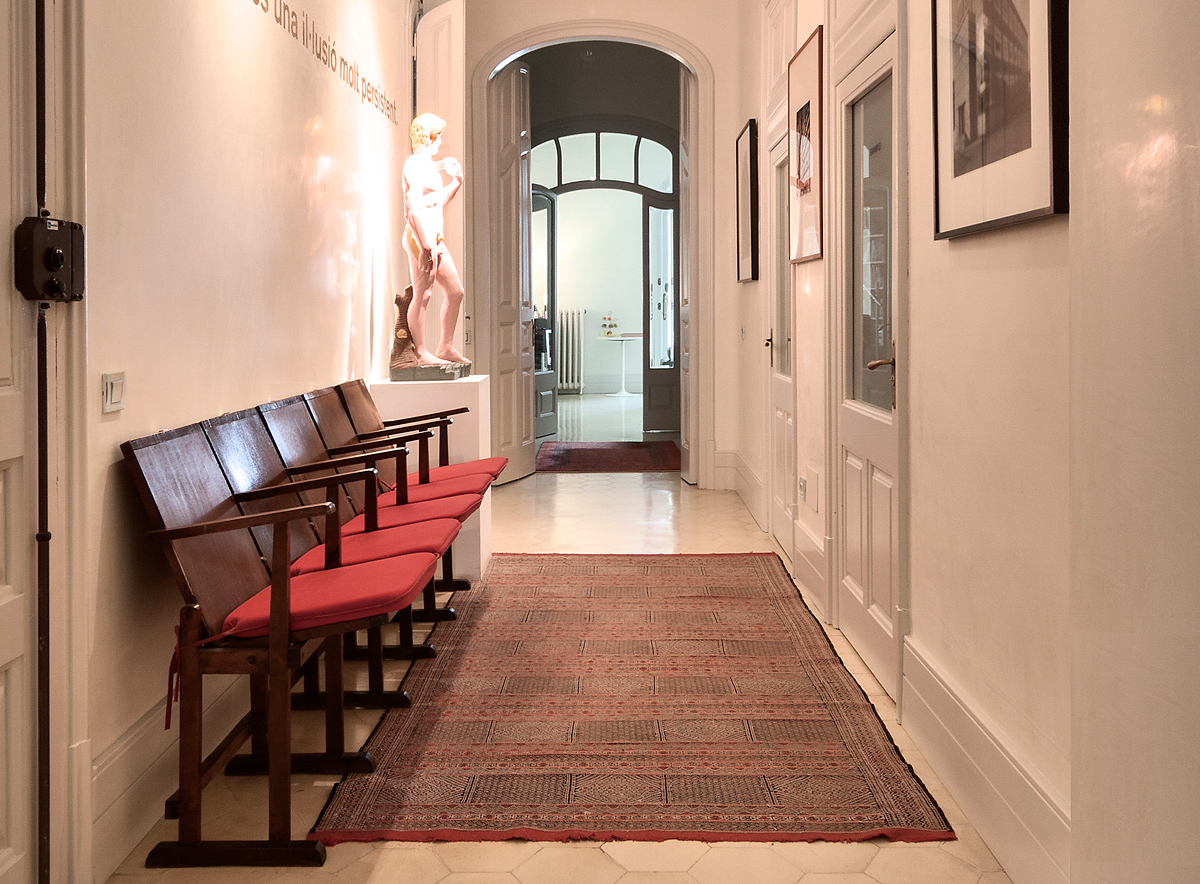
Yet visibility plays a critical role in the Cal Cego Contemporary Art Collection, the private collection named after Inglada’s family home in Calafell. The name preceded the family’s ownership of the property by several hundred years and translates from Catalan as “The House of the Blind.” A recent exhibition, “Iceberg: The Invisible Reality,” summarized the collection’s ethos. According to Montse Badia, Cal Cego’s artistic director, the works may belong to different backgrounds and generations but all “bestow visibility on certain dynamics, reveal mechanisms and contradictions, and demonstrate how the image (the image of what we think of as ‘reality’) is created, produced, distributed, read, and perceived.” The distortions of our culture appear at the entryway to the Ca La Maria in a conceptual work by Dora Garcia; words gold-leafed to the wall note in Spanish, “Reality is the most persistent illusion.” The hall is lined with artwork as well. Hiroshi Sugimoto’s photos blur the sharp lines of modernist architecture; farther down the hall, Hans Peter Feldmann has painted a bar over the eyes of a Classical 19th century reclining nude, applying the tabloid practice of masking identity towards an anonymous subject, thus calling into question who is watching.
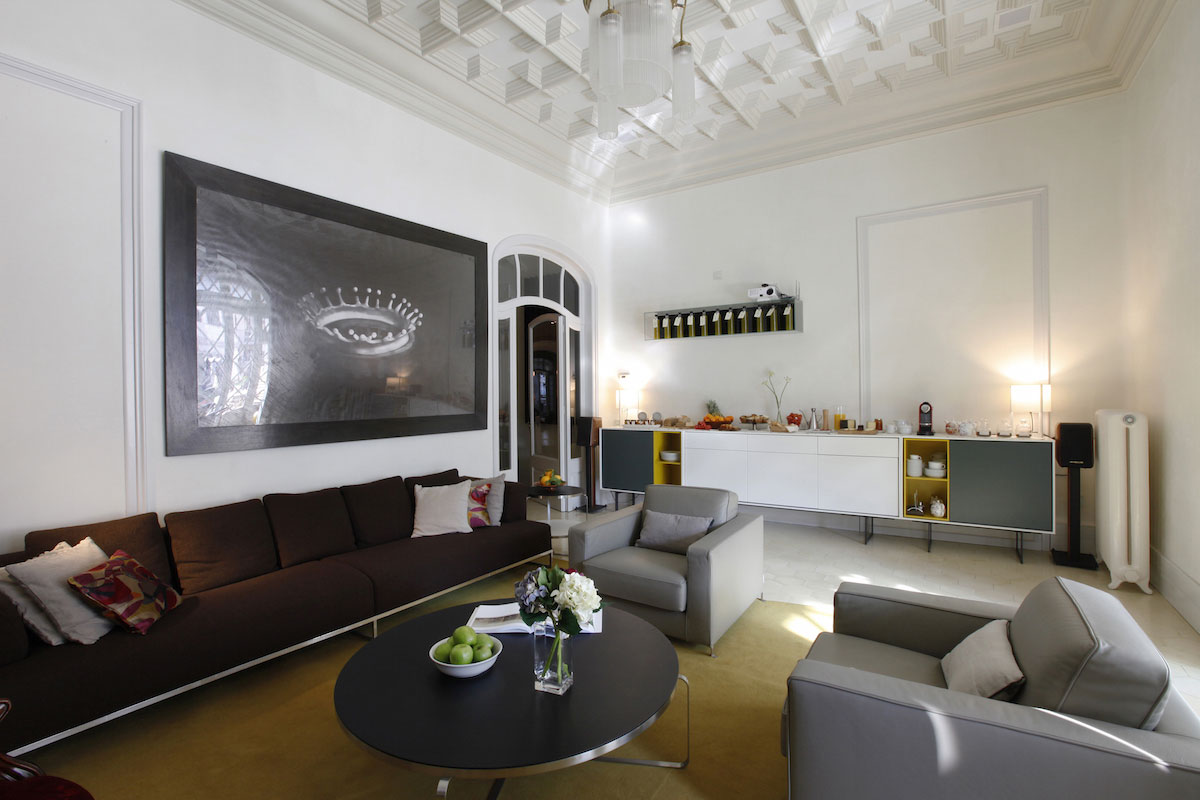
The collectors, Roser Figueras and Josep Inglada, insist that the art in the Cal Cego Collection be seen and engaged in dialogue through exhibition and in other forms of exposure. According to both, art and culture are “the basic tools that help us think critically.” To that end Figueras and Inglada view the collection as a “working tool” for a Masters program they’ve underwritten for an online graduate degree in the analysis and management of contemporary art, taught through the University of Barcelona.
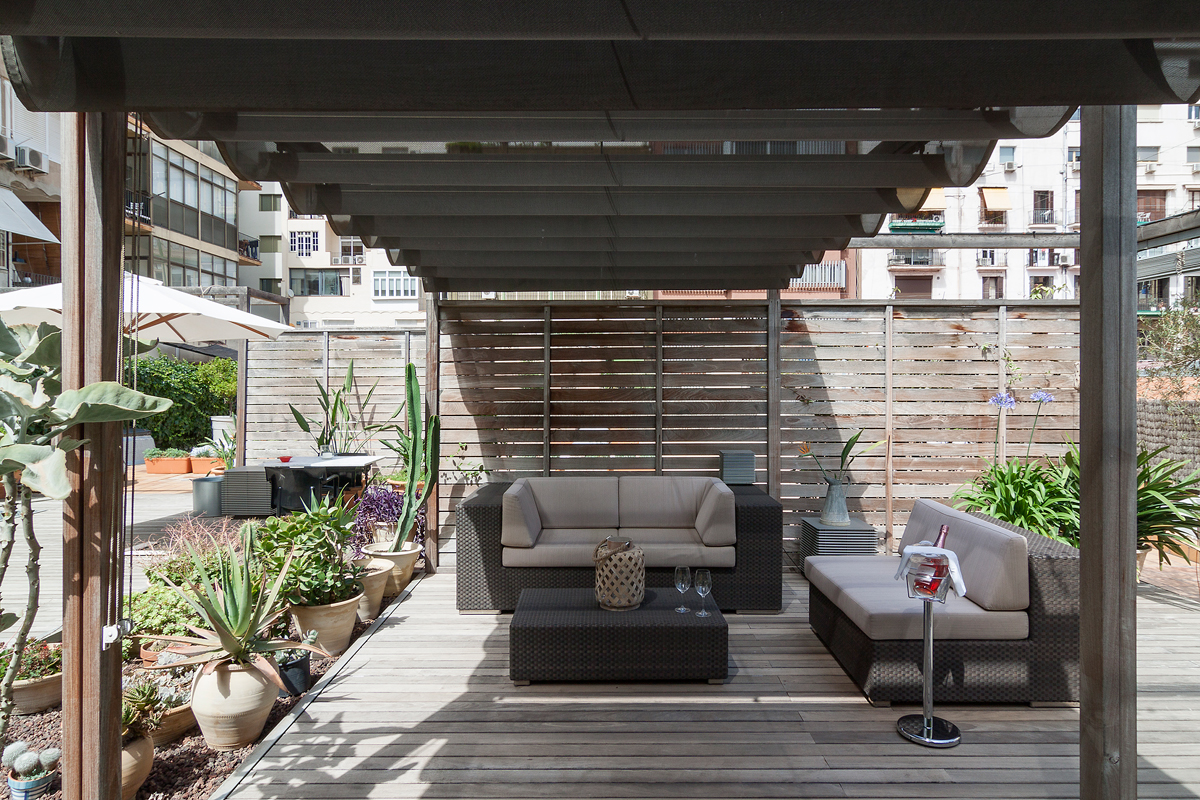
The notion of making art more accessible extends to the hotel gift shop. In addition to homemade jam, M olive oil and Ca La Maria wine from a cousin’s vineyard, there are artworks for sale, as well as limited edition sculptures from the Arts Coming collective. T-shirts, true to the spirit of the Cal Cego collection read, “For copyright reasons, image is not available.” The Ca La Maria offers visitors modern Barcelona’s unique fugue of architecture, art, food, wine and family housed in the comfort the city’s golden age.
Ca La Maria is ideally located in the heart of Barcelona; rates begin at $166 per night.
Images courtesy of Ca La Maria

